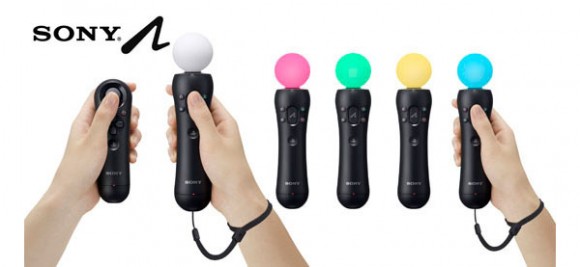 Sony’s got a great problem on its hands. The recently released PlayStation Move controller is flying off shelves in North and Latin America and Europe faster than it can make them – and possibly silencing critics of motion-based gaming. Sony is reporting that it has shipped 2.5 million units of Move in its first month on the market and that at this rate, they won’t be able to keep shelves stocked. And there’s no reason to think Move won’t be just as well-received by the most recent launch in Japan.
Sony’s got a great problem on its hands. The recently released PlayStation Move controller is flying off shelves in North and Latin America and Europe faster than it can make them – and possibly silencing critics of motion-based gaming. Sony is reporting that it has shipped 2.5 million units of Move in its first month on the market and that at this rate, they won’t be able to keep shelves stocked. And there’s no reason to think Move won’t be just as well-received by the most recent launch in Japan.
Sony isn’t the only winner in all of this – the company’s success should make Microsoft extremely optimistic about its future release. Sony’s competitor will launch its own motion-based controller to pair with the Xbox 360 Kinect. The key difference is that Move is a hand-held controller only, while Kinect has the option of using the entire body. Whether or not gamers are interested in the ability to move more remains to be seen, as Kinect launches November 4 and will be priced at $150.
He wouldn’t give numbers as to exactly which Move package was selling best, but The Wall Street Journal reports that CEO Jack Tretton claims the standalone controller is selling outrageously well – so well, that “people are going out and buying a second Move controller day one. We’re absolutely sold out to the bare walls on the standalone Move controller.” Move sells alone for $49 and as a bundle for $99.
This no doubt means game publishers are starting to warm to the idea of developing games to pair with the motion-based devices. Developers have somewhat been sitting back and watching for the public’s interest, but momentum on this is sure to increase. At the moment, there are 24 PS3 games available for Move, but that number is only going to go up, and fast.


